The luxury goods sector is navigating a period of uncertainty as the Trump administration’s 20 percent tariffs on European Union products come into effect. Industry insiders are concerned about the potential impact on prices for high-end goods, including luxury handbags, watches, and other apparel, which are often labeled “Made in France,” “Made in Italy,” or “Made in Switzerland.”
The tariffs come as a surprise to many in the luxury goods sector, who were previously anticipating a stable market buoyed by deregulation, lower taxes, and an increase in consumer spending. Instead, they now face the possibility of higher costs for American consumers, who accounted for 24 percent of global luxury spending in 2024, according to Bain & Company.
The tariffs have raised concerns about the future pricing of iconic luxury items such as Chanel bags, Rolex watches, and Louis Vuitton products. With the United States being a key market for many European luxury brands, including LVMH and Gucci’s parent company Kering, there is growing anxiety over how the higher tariffs will affect both costs and demand.
Some luxury brands have opted not to comment publicly on the issue, citing uncertainty about how long the tariffs will remain in place. Analysts predict that, should the tariffs persist, luxury goods prices may rise, potentially impacting the overall luxury market.
While larger luxury brands may be able to absorb some of the increased costs due to their profit margins, smaller, independent American brands are feeling the strain. Fashion lawyer Doug Hand described many of his clients as “nervous” about the potential cost increases. Others, such as Andrew Rosen, an investor working with independent brands, expressed uncertainty about the future costs of their products.
Despite the challenges, some analysts believe that luxury goods will remain resilient, as wealthier consumers may still indulge in high-end items. However, there are concerns that middle-tier luxury buyers, who are more affected by financial insecurity and potential economic downturns, may cut back on discretionary purchases.
The luxury industry has also seen price increases over the past several years, with some products, such as Chanel handbags, doubling in price from 2016 to 2023. This trend, coupled with the new tariffs, may contribute to an already negative public perception of luxury goods as products for the wealthy elite.
As the situation evolves, some experts predict that certain segments of the market may benefit, such as the growing market for vintage luxury items. Others foresee the rise of a “gray market” in the U.S., where consumers may seek to bypass the tariffs by purchasing luxury goods abroad.
As the luxury industry grapples with the effects of tariffs and market volatility, the focus will remain on how these shifts influence consumer behavior and overall demand for high-end goods in the months ahead.
Your go-to for supply chain report news updates: The Supply Chain Report. For international trade tools, see ADAMftd.com.
#LuxuryGoods #TariffImpact #TradeUncertainty #GlobalTrade #ImportTariffs #LuxuryMarket #TradePolicy

















